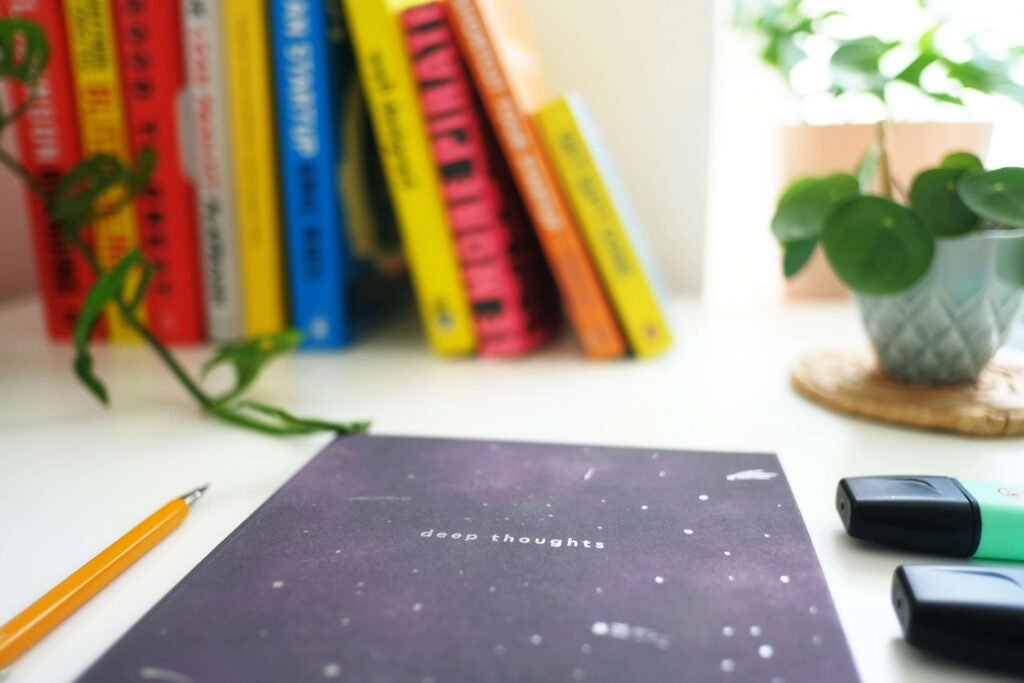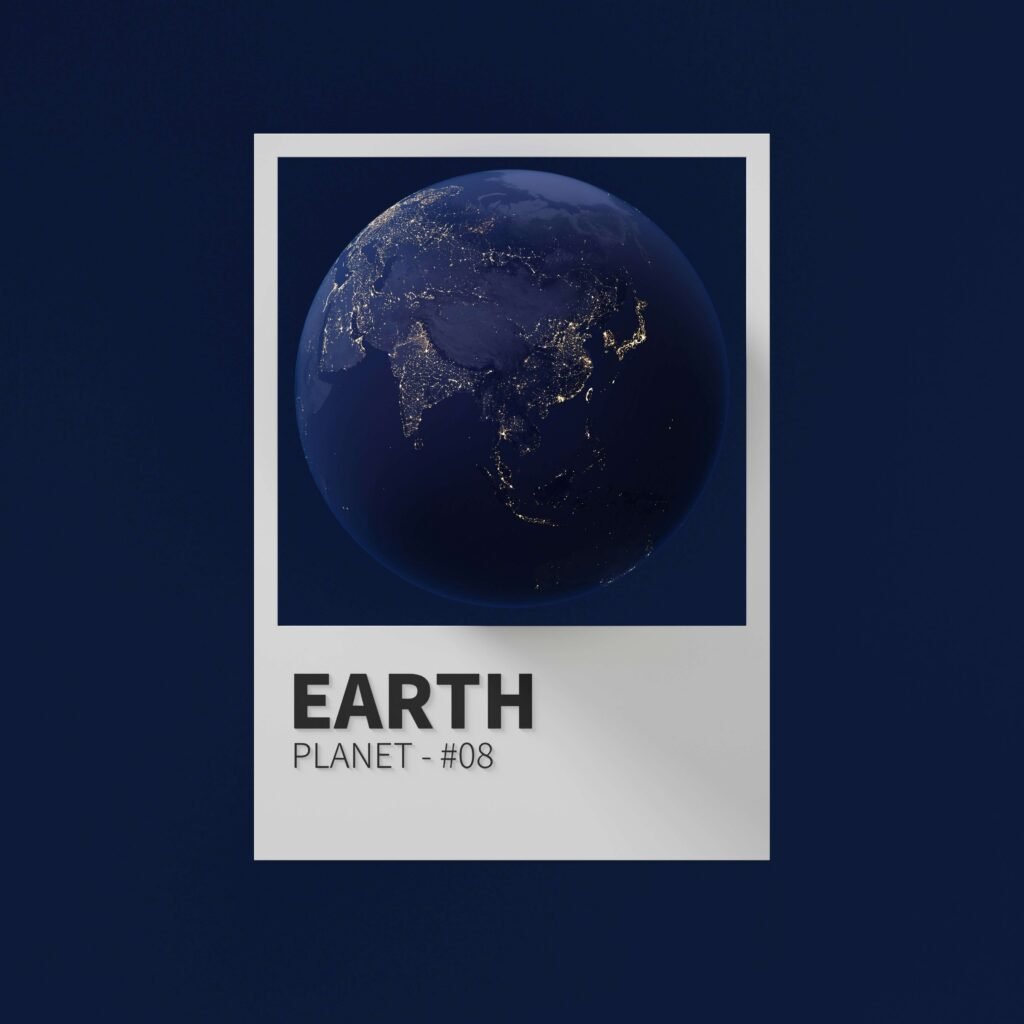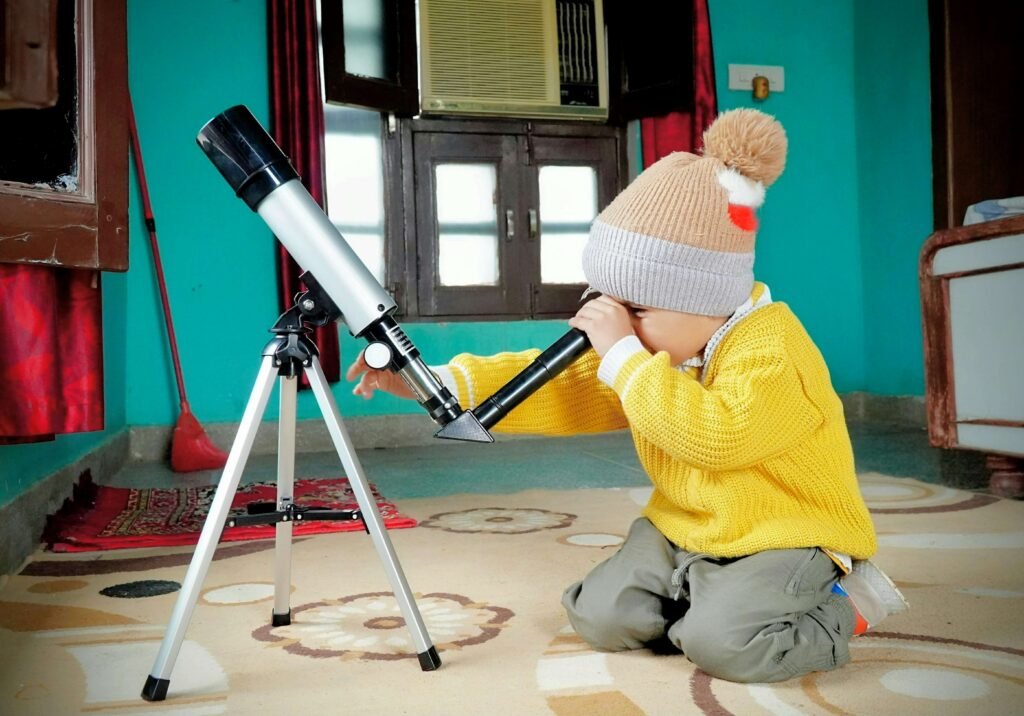09.06.2025
How Space Crafts Make Learning Fun for Kids
Learning Tools

Turning Curiosity into Creativity
Children are naturally curious about the world around them—and few things spark that curiosity quite like space. The vastness of planets, stars, rockets, and alien possibilities immediately grab attention. Space crafts take that interest and turn it into something hands-on, tactile, and memorable. Whether it’s making a cut-out rocket, assembling paper planets, or creating their own constellation maps, these kinds of activities transform abstract scientific ideas into experiences kids can hold, see, and understand.
Learning Through Play
Crafts are more than just a fun distraction. When they’re paired with real information—planet facts, solar system structure, or astronomy vocabulary—they become powerful learning tools. A child might not remember the sequence of planets after reading a textbook, but after painting and gluing them into order for a hanging mobile? That knowledge sticks. This form of kinesthetic learning—learning by doing—is especially effective for younger children, or for any child who prefers interactive over passive learning.
Building Confidence and Focus
Engaging in a creative process helps build essential skills beyond just learning space facts. Kids develop fine motor coordination, learn to follow instructions step by step, and gain a sense of accomplishment when they complete a project. And because space crafts usually have a “final product”—a model, a puppet, a poster—children feel pride in what they’ve made. That sense of ownership keeps them excited to learn more.
Creating Opportunities for Connection
Space crafts aren’t only for solo learning. These projects are ideal for family time, group work in classrooms, or homeschooling settings. They provide shared talking points, creative collaboration, and moments of laughter that help form positive associations with learning. Parents don’t need to be astronomy experts—they just need a printable guide, scissors, and a bit of enthusiasm.
A Gateway to Bigger Ideas
The best part about space crafts? They don’t end when the glue dries. Each rocket cutout or DIY moon phase wheel can spark deeper questions. “How far is the moon really?” “Why does Mars look red?” “Are there more galaxies?” These follow-up questions are where real learning lives. Crafts don’t just teach—they open doors. They allow parents and educators to guide kids toward understanding complex scientific ideas with play as the foundation.
Easy to Start, Hard to Forget
One of the greatest benefits of printable space craft kits is that they require minimal prep but offer maximum value. All you need is a printer, paper, and basic supplies, and suddenly you’ve got a full afternoon of creative, educational fun. No screens, no complicated instructions—just focused, imaginative learning in a format that’s easy to repeat and scale for different ages or topics.

Share

09.06.2025
Using Space to Spark Big Questions in Kids
Why Space Inspires More Than Just Facts When kids start learning about space, it’s not just the planets or stars...

09.06.2025
A Parent’s Guide to Making Space Education Easy
Space Is Big—But Teaching It Doesn’t Have to Be The universe might seem overwhelming, but introducing your child to space...

09.06.2025
The Benefits of Thematic Space Learning Units
A Universe of Knowledge—Organized When kids learn about space, it’s more than just stars and planets—it’s an entire universe of...

09.06.2025
Why Kids Love Planet Flashcards
Space in Their Hands There’s something magical about holding a whole planet in the palm of your hand. Flashcards may...

09.06.2025
Helping Kids Learn Science Without Screens
Rediscovering Hands-On Learning In an age where education often relies on tablets and video lessons, many parents and educators are...


